- HOME
- Technical Information
- TORELINA™ PPS Resin
- Various Properties
- Mechanical Properties
- Flexural Properties
Flexural Properties
Ⅰ. Flexural Test
Flexural properties are determined using a simple-support, 3-point flexural test method, where the ends of the test piece are not fixed. (Fig. 5.24) In the 3-point flexural test where a vertical load is applied, the compression load associated with the deformation is generated on that side on which the test piece comes into contact with the indenter, whereas on the opposite side, a tensile load is generated, leading to a force (moment) that attempts to rotate the test piece. The vertical stress generated by this bending moment is called the "flexural strength." In the same way as for the tensile properties, the flexural modulus can be determined from the proportional limit of an S-S curve (flexural test) in accordance with Hooke's law (Formula 5.2). The S-S curves for six representative grades of TORELINA™ are shown in Figs. 5.25 to 5.27. A504X90 and A310MX03, which are both of the cross-linked polymer type, are notable in that they have a high elastic modulus relative to the linear polymer type.
Table. 5.2 Flexural properties of TORELINA™ (23℃)
| Item | Units | Glass fiber reinforced | Glass + filler reinforced | Elastomer improvement | Unreinforced | |||||
|---|---|---|---|---|---|---|---|---|---|---|
| A504X90 | A604 | A310MX04 | A610MX03 | A673M | A575W20 | A495MA2B | A900 | A670T05 | ||
| Flexural strength | MPa | 295 | 290 | 200 | 210 | 220 | 225 | 220 | 135 | 115 |
| Flexural modulus | GPa | 15.5 | 15.0 | 21.0 | 20.0 | 10.0 | 15.5 | 13.5 | 4.0 | 3.0 |
- ※Test method: Conforms to ISO 178.
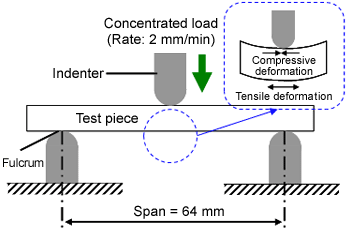 Fig. 5.24 3-point flexural test method
Fig. 5.24 3-point flexural test method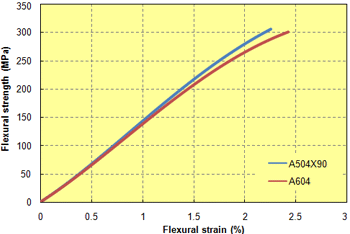 Fig. 5.25 Flexural strength/S-S curve (23℃, GF-reinforced PPS)
Fig. 5.25 Flexural strength/S-S curve (23℃, GF-reinforced PPS)
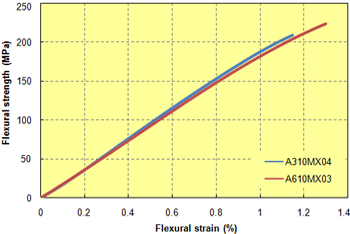 Fig. 5.26 Flexural strength/S-S curve (23℃, high-filler PPS)
Fig. 5.26 Flexural strength/S-S curve (23℃, high-filler PPS)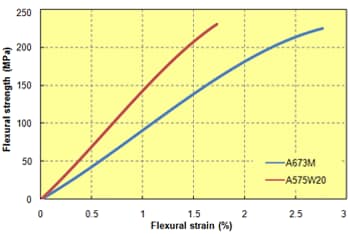 Fig. 5.27 Flexural strength/S-S curve (23℃, elastomer improvement PPS)
Fig. 5.27 Flexural strength/S-S curve (23℃, elastomer improvement PPS)
Ⅱ. Temperature Dependence
The temperature dependence of the flexural strength of nine representative grades of TORELINA™ is shown in Figs. 5.28 to 5.35. The basic tendency of the temperature dependence of the flexural strength is the same as that of the tensile strength. The flexural modulus increases with the reinforcement content. The cross-linked polymer type is excellent in terms of retaining its elastic modulus at high temperatures. For this reason, high-filler PPS grades that use cross-linked polymers (such as A310MX04) are well suited to applications that require a high elastic modulus in a high-temperature environment. On the other hand, the flexural modulus of the unreinforced elastomer improvement type (including A670T05) is low at and near room temperature, and exhibits excellent flexibility. Thus, it is suitable for products requiring flex resistance and sealability, such as wire coatings, tube products, and gasket parts.
[General reinforced grades]
1 A504X90 (standard) and A604
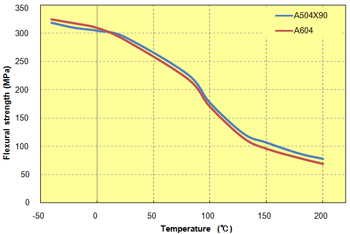 Fig. 5.28 Temperature dependence of flexural strength (GF-reinforced PPS)
Fig. 5.28 Temperature dependence of flexural strength (GF-reinforced PPS)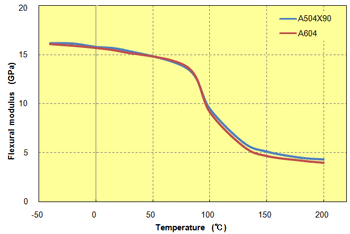 Fig. 5.29 Temperature dependence of flexural modulus (GF-reinforced PPS)
Fig. 5.29 Temperature dependence of flexural modulus (GF-reinforced PPS)
2 A310MX04 (standard) and A610MX03
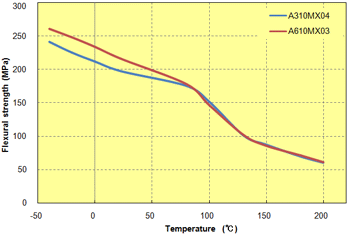 Fig. 5.30 Temperature dependence of flexural strength (high-filler PPS)
Fig. 5.30 Temperature dependence of flexural strength (high-filler PPS)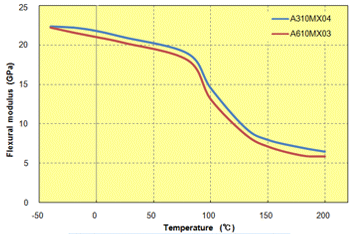 Fig. 5.31 Temperature dependence of flexural modulus (high-filler PPS)
Fig. 5.31 Temperature dependence of flexural modulus (high-filler PPS)
[Elastomer improvement grades]
3 A673M, A575W20, and A495MA2
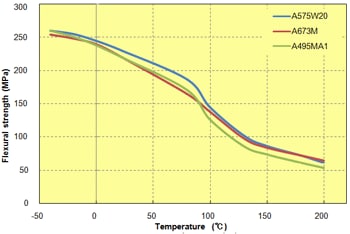 Fig. 5.32 Temperature dependence of flexural strength (elastomer improvement)
Fig. 5.32 Temperature dependence of flexural strength (elastomer improvement)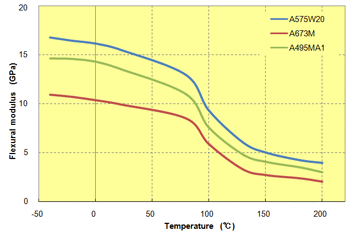 Fig. 5.33 Temperature dependence of flexural modulus (elastomer improvement)
Fig. 5.33 Temperature dependence of flexural modulus (elastomer improvement)
[Unreinforced grades]
3 A900 and A670T05
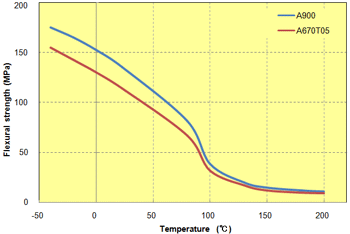 Fig. 5.34 Temperature dependence of flexural strength (unreinforced PPS)
Fig. 5.34 Temperature dependence of flexural strength (unreinforced PPS)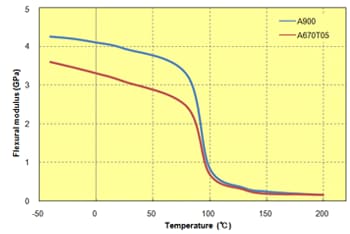 Fig. 5.35 Temperature dependence of flexural modulus (unreinforced PPS)
Fig. 5.35 Temperature dependence of flexural modulus (unreinforced PPS)